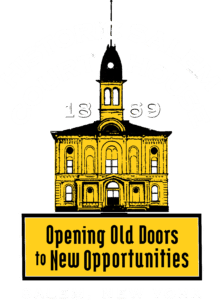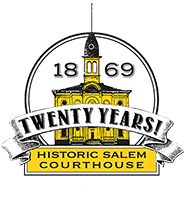HISTORIC WASHINGTON COUNTY: A Photographic Portrait
By Judith Flagg & Elizabeth Cockey
By Judith Flagg & Elizabeth Cockey
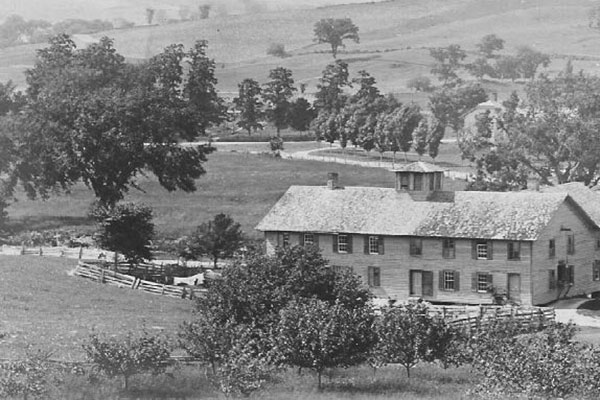
Cheese factory, Blind Buck Road, Salem
Courtesy Salem Archives
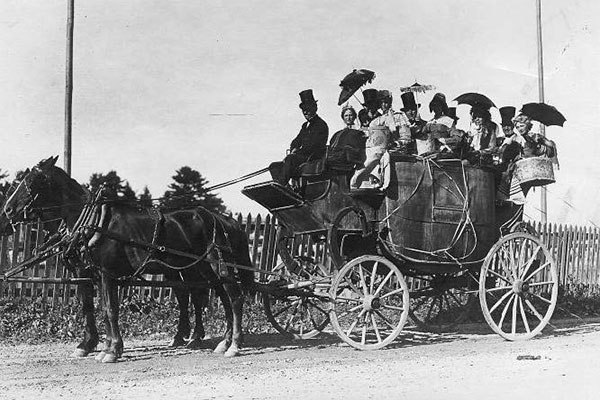
Horse drawn coach at Old Home Week 1916, Cambridge.
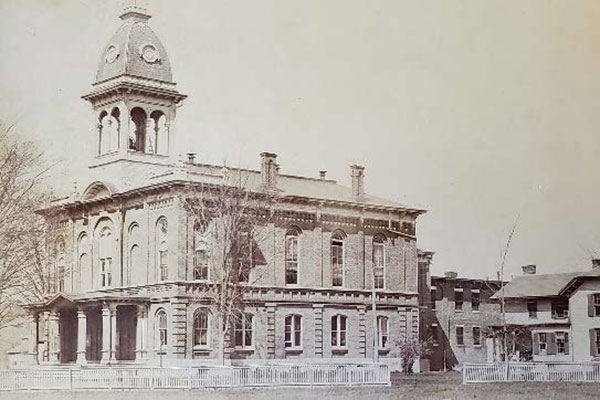
Washington County Courthouse, 1889
Courtesy Salem Archives
The Historic Salem Courthouse Preservation Association is pleased to announce a new revised edition that explores the storied past of Washington County through photographs of what life was like from the 1840s until after World War ll. The title of the book is Historic Washington County: A Photographic Portrait. Although early settlers migrated to the north country before the Revolutionary War, farming and industry did not thrive until the 1840’s when rivers like the Batten Kill, Mettawee, and Champlain canal became vital to trade, transportation, agriculture, and commerce.
The people who came to Washington County were diverse in numerous ways: lifestyles, ethnicity, religion and skills. Men often worked in the fields planting crops in the spring and harvesting their bounty in the fall. Women worked in the factories all year round; they were seamstresses making shirts, garments and gloves. Most who lived in the small communities which grew up along the waterways were either dairy, sheep, or potato farmers. Others worked in mills producing paper, lumber, tools, and equipment By the early 1800s Washington County boasted a population of over 45,000, the third largest in New York State at that time. In 1861, when young men were conscripted into the Union army, the county was one of the most prosperous in the entire country. The decades following the War between the States and through much of the 20th century were a time of invention, achievement and prosperity for many, when people were able to create a better way of life for themselves and their children.
Historic Washington County: A Photographic Portrait is a beautiful hard cover book containing over 160 photographs. It depicts “a day in the life” of how our ancestors dressed, what they did, and how they lived. It is a tale of the people and by the people told through photos from private collections and archives. There are also short stories and reminiscences acquired from letters and diaries which help bring the images to life.

